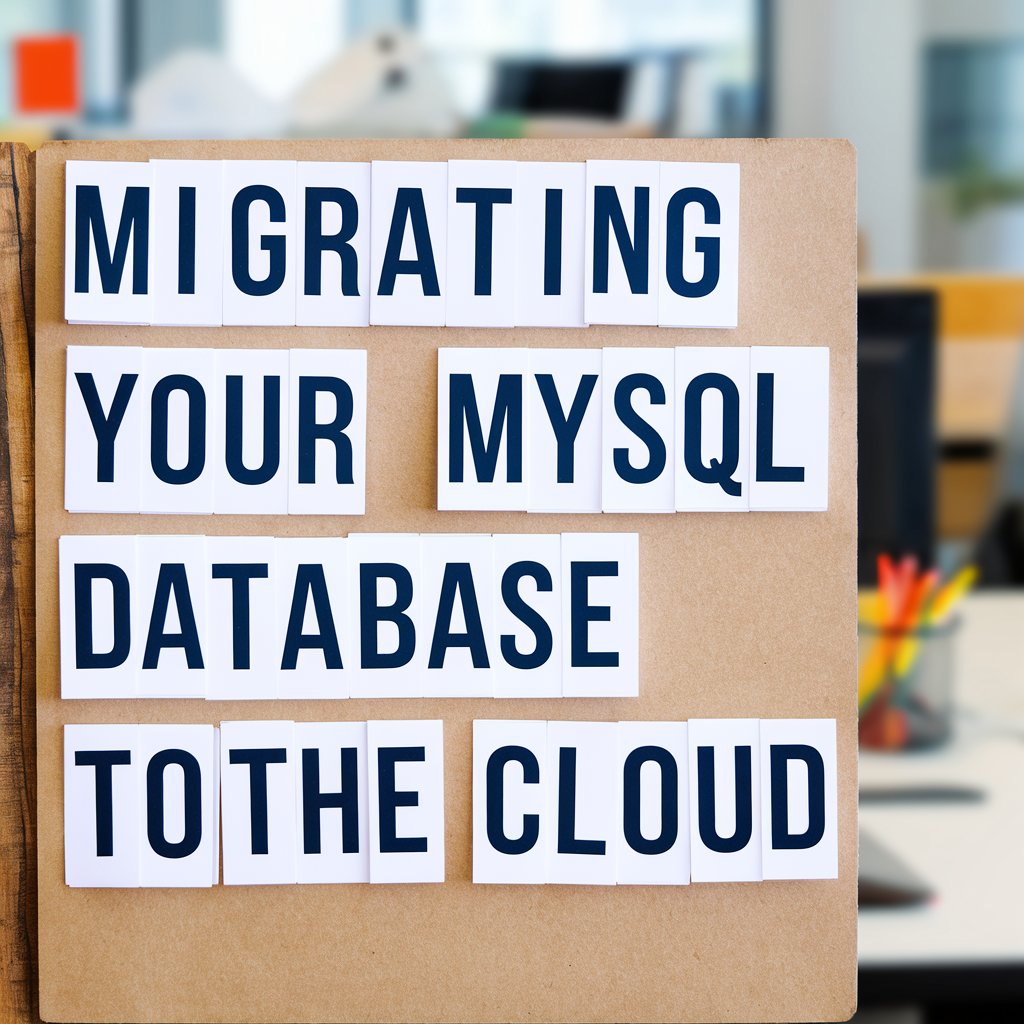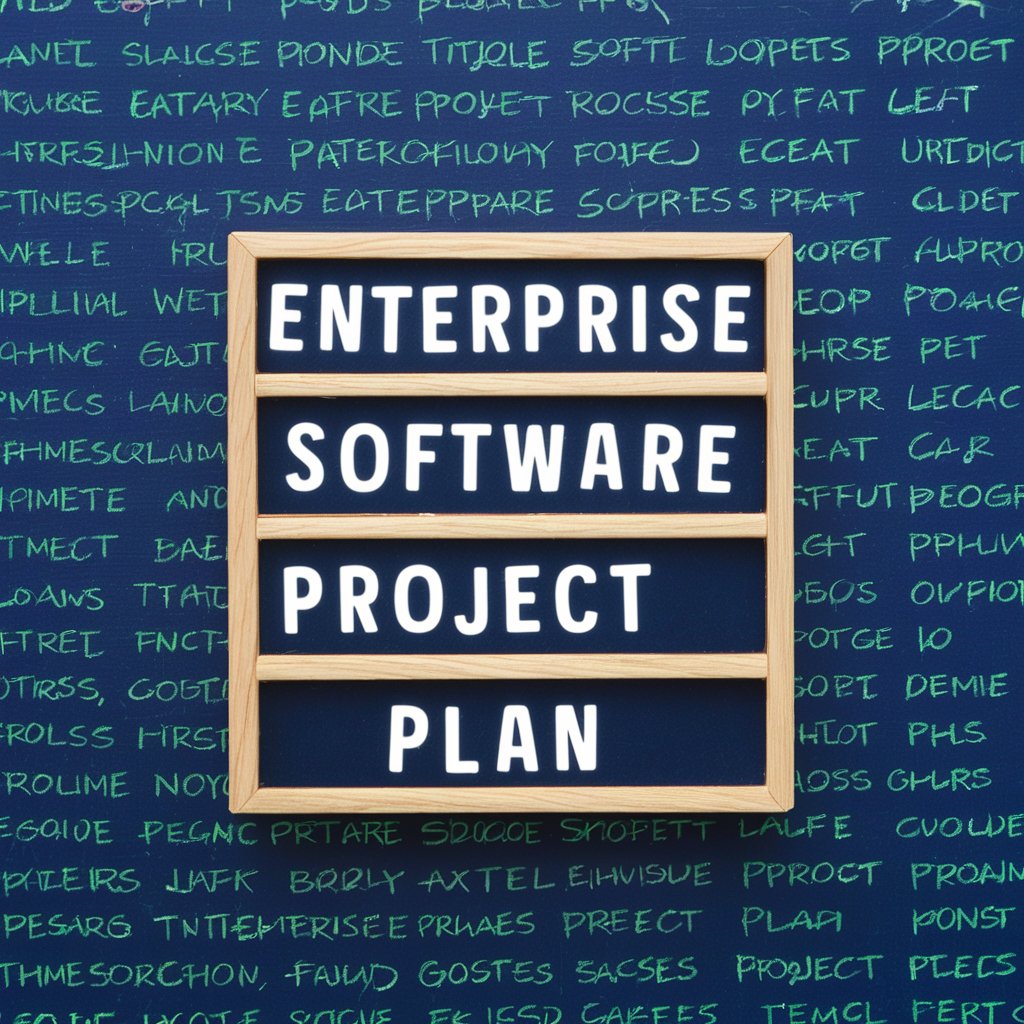Migrating a MySQL database to the cloud involves several important steps and considerations to ensure a smooth transition. One significant factor is assessing the feasibility of the migration and understanding your current infrastructure’s compatibility with your chosen cloud provider. You will need to evaluate the complexity of your database, the volume of data, and the specific features used. It’s also essential to have a well-defined plan to avoid potential pitfalls.
Challenges such as downtime, data loss, and security vulnerabilities can arise during the migration process. Implementing best practices, such as performing a thorough backup and using reliable tools, can mitigate these risks. Checking out MySQL database consulting services & support can provide valuable insights and assistance to make the migration process smoother.
Post-migration optimization is equally important. This includes continuously monitoring performance, optimizing queries, and ensuring that your database runs efficiently in the new environment. Regular checks and updates can help maintain the integrity and performance of the MySQL database after it has been successfully migrated to the cloud.
Key Takeaways
- Assess feasibility and plan thoroughly to ensure migration success.
- Address challenges by using best practices and reliable tools.
- Post-migration optimization is crucial for maintaining performance.
Assessing Migration Feasibility and Planning
Moving a MySQL database to the cloud requires careful planning to ensure technical compatibility and meet business goals. Key considerations include analyzing business requirements, evaluating the current database, and choosing the right cloud provider.
Analyzing Business Requirements
Businesses must first understand why they are migrating. Common reasons include needing scalability, high availability, and cost efficiency. They should also assess the workload and how it will impact performance in the cloud.
The company needs to evaluate how the migration will affect its customers. For instance, will there be downtime? It’s crucial to map out the needs and constraints, including compliance with data regulations and governance policies. This preliminary analysis guides other decisions in the migration process.
Technical Evaluation of the Current Database
A good place to start is with a thorough evaluation of the current MySQL database estate. This includes reviewing the schema, tables, data types, the current version of MySQL and the servers it runs on. Compatibility with the selected cloud provider’s database management systems is a key factor.
Check for any dependencies in the source database that might cause issues during migration. This might involve data formats, integrity constraints, and storage considerations. The assessment should also identify the workload and performance metrics to gauge how they may change once in the cloud.
Selecting the Right Cloud Provider
Choosing the right cloud service provider is critical for a successful migration. Evaluate the cloud provider’s capabilities, including data centers, cloud services, and public or hybrid cloud options. Features like backup, restore capabilities, and high availability are crucial for maintaining data integrity.
Ensure the provider supports the version of MySQL you are using. Consider factors like geographical data locations, compliance certifications, and the customer support offered. This selection will significantly impact the efficiency and reliability of the database post-migration.
Implementation and Post-Migration Optimization
To ensure a smooth cloud migration of your MySQL database, it’s critical to focus on data integrity, security protocols, and performance tuning. Proper preparation and diligent post-migration steps help maintain high availability and scalability.
Preparation and Data Backup
Before implementing your cloud migration, make sure to back up all your data. This ensures you have a fallback plan in case of any issues. It’s best to create a full backup and store it offsite for added security. Also, consider encryption to protect sensitive data.
Verify all applications and dependencies. Ensure everything is compatible with the cloud environment. Assess the potential downtime and plan accordingly to minimize disruptions. Create a detailed migration checklist to cover every aspect, including data redundancy and disaster recovery measures.
Implement thorough performance tuning. Adjust configurations to optimize the production environment for cloud usage. Utilize monitoring tools to observe how the database performs post-migration, making necessary adjustments to meet performance and scalability needs.
Conclusion
Migrating a MySQL database to the cloud requires careful planning and consideration. Key factors include the size of the database, the acceptable level of downtime, and the complexity of the migration process. Utilizing tools and services like mysqldump and cloud providers’ migration tools can streamline the transition. Proper preparation can ensure a smooth and efficient migration experience.






